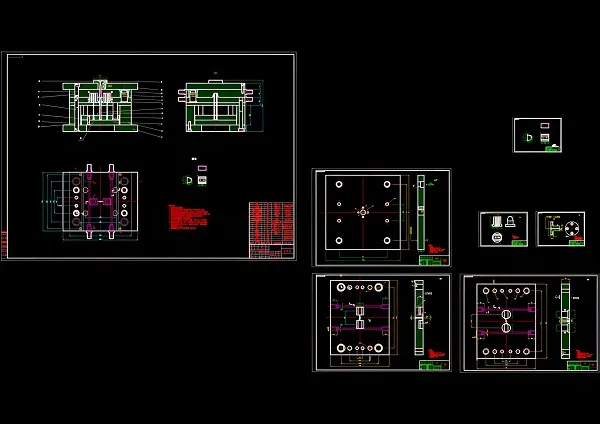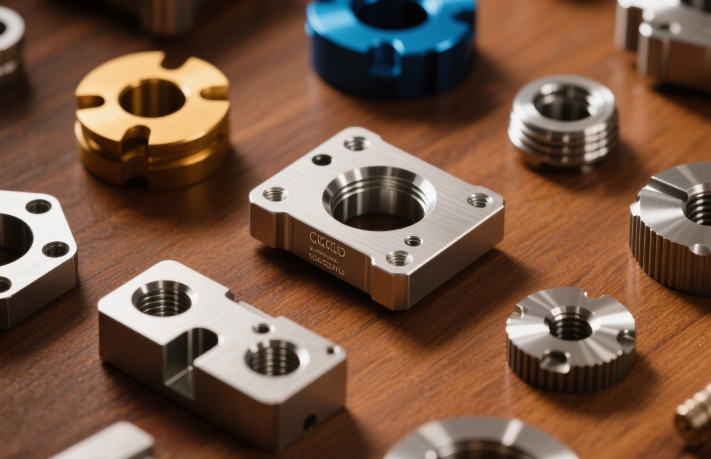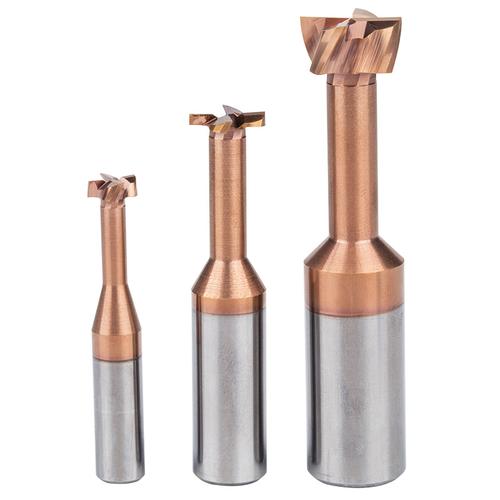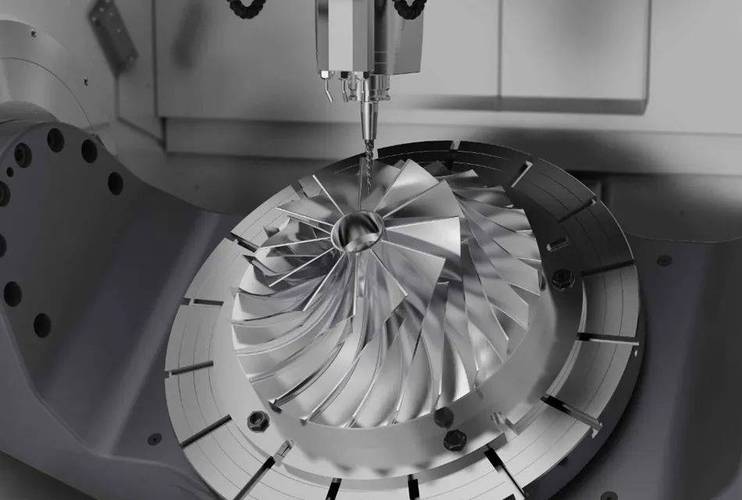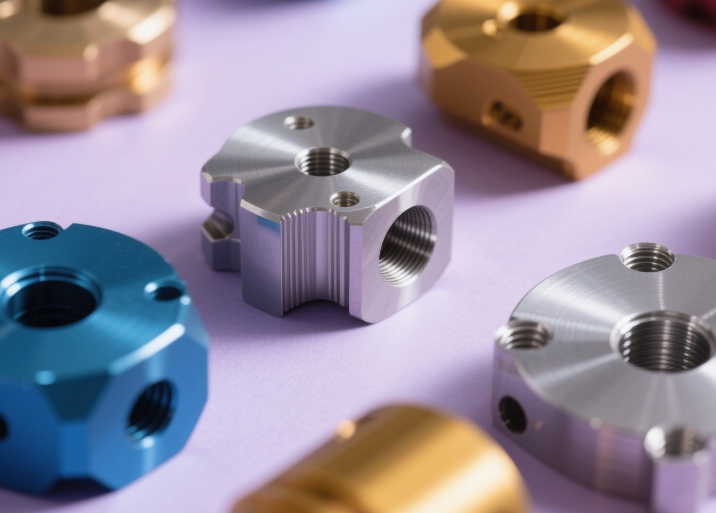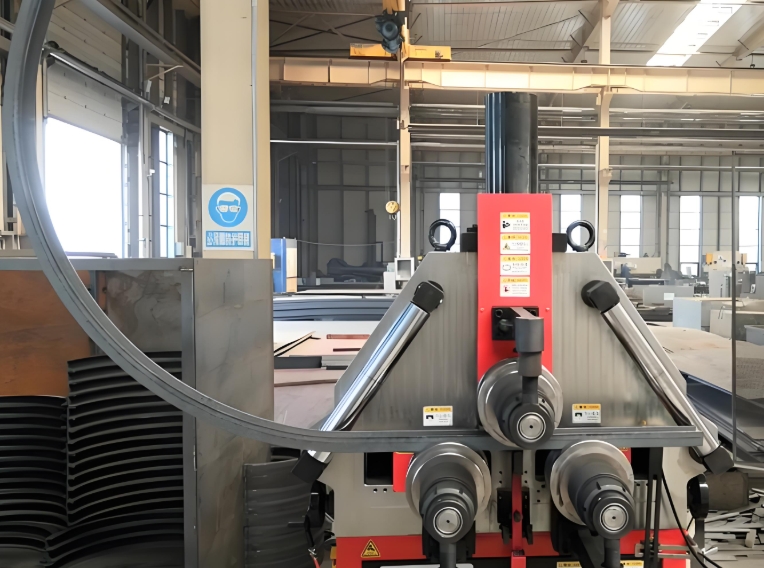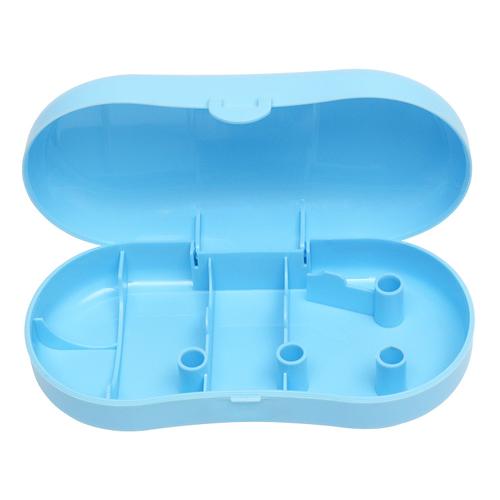
Answer
It’s difficult to generalize the average cost of injection – molding molds. Generally, the cost of simple and small – sized molds may range from several thousand to tens of thousands of RMB. Molds of medium complexity may cost around 50,000 – 200,000 RMB. For large – scale, precise and complex injection – molding molds, the cost may be as high as several hundred thousand or even over a million RMB. This is mainly because the cost of molds is affected by factors such as product size, complexity, precision requirements, material selection, and production volume. For example, molds for daily necessities have a simple structure and thus a lower cost. High – precision molds for medical devices and auto parts have higher costs due to their high requirements for materials and processes.
Extended Answer
The cost of injection – molding molds is a complex issue influenced by a variety of intertwined technical factors. From the perspective of mold design, the complexity of the design directly determines the cost. For simple mold designs, such as those for products with regular shapes and single – structure, the design workload is small. Engineers can complete it using conventional design software and experience, resulting in a low design cost. However, for complex products, like molds with fine internal structures, undercuts, and side – core – pulling features, advanced design software is required for 3D modeling and motion simulation analysis to ensure smooth mold opening, closing, and ejection operations and avoid interference. This not only consumes more design time but also requires a high – level of technical expertise from engineers, significantly increasing the design cost.
In terms of material selection, mold steel is a commonly used material, but different types of mold steel vary significantly in performance and price. Ordinary carbon tool steel is relatively inexpensive and suitable for molds with low requirements for wear resistance and corrosion resistance and small production volumes. High – quality mold steels like NAK80 and S136, on the other hand, have excellent mirror – processing properties, high hardness, high wear resistance, and outstanding corrosion resistance. They are often used in the production of molds for optical lenses, medical devices, and other products with extremely high requirements for surface quality and precision. Their prices are several times that of ordinary mold steel. In addition, the heat – treatment process of the mold also affects the material performance and cost. A reasonable heat – treatment can improve the hardness, toughness, and service life of the mold, but it also incurs additional costs.
The manufacturing process has a huge impact on the cost of injection – molding molds. Traditional processing techniques, such as ordinary milling and electrical – discharge machining, have low equipment costs but low processing efficiency and limited precision, making them suitable for the manufacture of molds with low – precision requirements and simple structures. With the development of technology, advanced processes such as computer – numerical – control (CNC) machining, high – speed milling, and five – axis machining have been widely applied. CNC machining can achieve high – precision and automated production and can process mold parts with complex shapes. However, the equipment is expensive, and programming is complex, resulting in a high processing cost. Five – axis machining can complete the processing of complex curved surfaces in one clamping, reducing processing errors and clamping times, improving mold precision and surface quality. Nevertheless, its equipment and maintenance costs are extremely high, and the processing cost also rises significantly accordingly. In addition, special processing techniques such as laser processing and electrochemical processing have unique advantages in processing some special materials or molds with complex and tiny structures, but the large equipment investment and high – level technical requirements of these processes will significantly increase the mold manufacturing cost.
The precision requirements of the mold are also a key factor in determining the cost. High – precision molds with tolerance requirements in the micron range have extremely high requirements for processing equipment, processes, and the technical level of operators. To ensure precision, high – precision processing equipment such as high – precision CNC machine tools and jig grinders are needed. These devices are expensive, and environmental factors such as temperature and humidity need to be strictly controlled during the processing. At the same time, experienced technicians are required for operation and debugging. Any deviation in any link may lead to non – compliant mold precision, increasing the rework cost. In contrast, low – precision molds are less difficult to manufacture and have a lower cost.
The production volume also cannot be ignored when it comes to the impact on mold costs. For small – batch production, the cost of the mold allocated to each product is relatively high because the fixed costs in the mold – manufacturing process, such as design, material procurement, and processing equipment depreciation, will not decrease due to the small production quantity. In large – batch production, although the initial investment in mold manufacturing is high, as the number of products increases, the cost of the mold allocated to each product gradually decreases. In the long run, it can actually reduce the cost per product.
In addition, the service life and maintenance cost of the mold will also indirectly affect its overall cost. High – quality molds, through reasonable design, high – quality materials, and advanced manufacturing processes, can ensure a long service life and reduce the frequency of mold replacement. Although the initial cost is high, from the perspective of long – term production, the overall cost is reduced. At the same time, good mold maintenance, such as regular maintenance and repair of worn parts, can also extend the mold’s service life and reduce maintenance costs.
The above introduces the content related to the cost of injection – molding molds from multiple aspects. If you have any questions about a certain technical detail or other aspects, you are welcome to communicate at any time.

